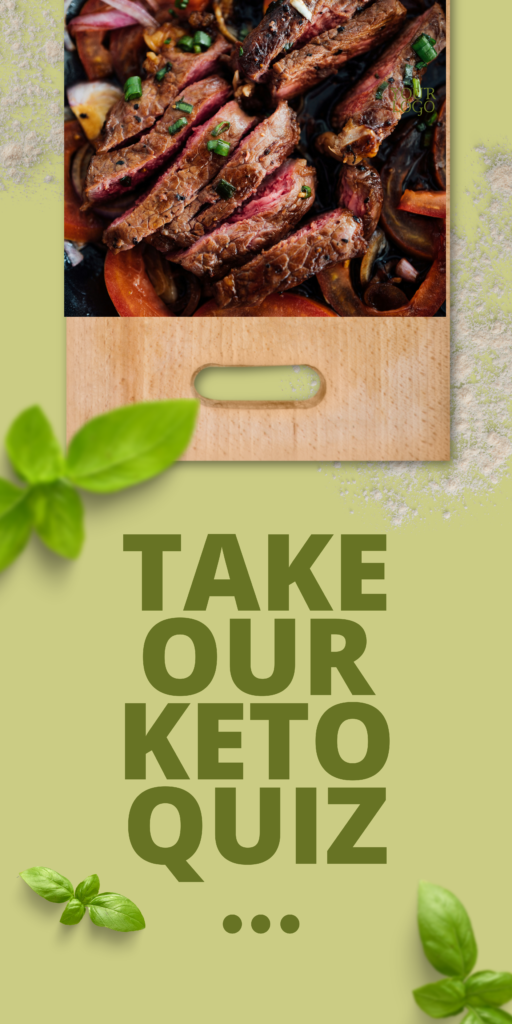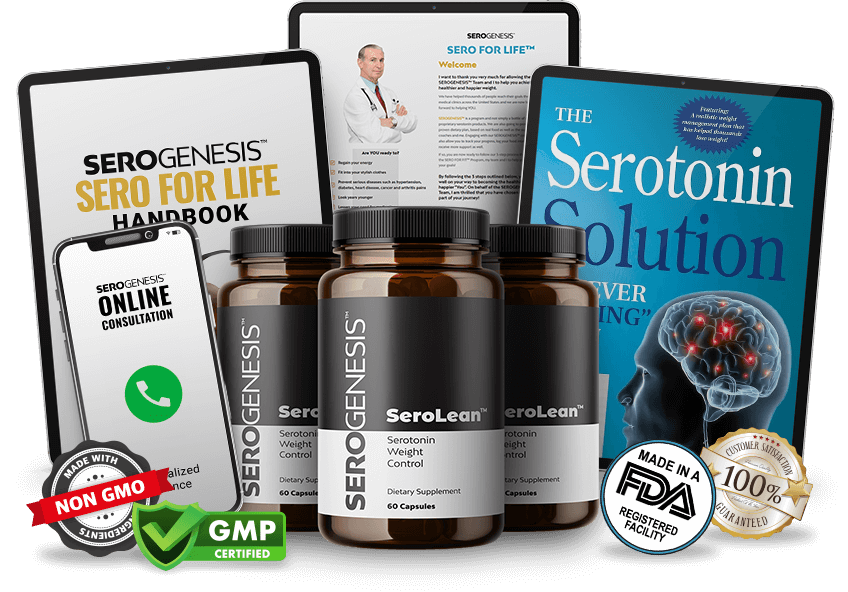
Healthy Homemade Dog Food Recipe for Large Breeds – Low Carb Dog Food at Home
Learn More About Keto ACV gummies7 useful tips for preparing healthy homemade dog food recipes for large breeds, focusing on low-carb options.
- Offers tips specifically for large breed dogs.
- It emphasizes the importance of using low-carb ingredients in the recipes.
- Providing homemade dog food can ensure a healthier diet for dogs.
- Following a recipe can help balance nutrients and prevent deficiencies.
- Consulting a veterinarian or canine nutritionist is recommended for personalized advice.
- Proper storage and hygiene practices are crucial when preparing homemade dog food.
- Regularly monitoring the dog’s weight and health is essential for adjusting the diet as needed.

Homemade Tuna and Shrimp Dog Food Recipe – Low Fat and Low Carb
Here’s a breakdown of the provided recipe:
Ingredients:
- 1 lb. cooked shrimp
- 12 oz. canned tuna in oil
- 1 large sweet potato
- 2 crushed garlic cloves
- 1/2 cup plain yogurt
- 1/4 tsp. black pepper
- 1/4 tsp. thyme
- 1/4 tsp. turmeric
Instructions:
- Grind the shrimp in a food processor.
- Cook the sweet potato in the microwave until soft, including the skin. Mash the potato.
- Combine all ingredients in a large bowl and mix well.
Additional Information:
- Turmeric: It’s mentioned that pharmaceutical-grade turmeric should be used, highlighting the importance of quality. Curcumin, found in turmeric, has anti-inflammatory properties, and combining it with black pepper enhances its absorption.
- Thyme: Rich in antioxidants, thyme also possesses antiseptic and antimicrobial properties.
Feeding Recommendations:
- The recommended serving size is 1/2 cup for every 20-25 pounds of body weight, divided into two servings per day.
- Adjustments may be necessary based on your dog’s activity level.
- It emphasizes the need for veterinary consultation to ensure a nutritionally balanced diet, possibly incorporating additional supplements or ingredients.
In conclusion, while this recipe includes some nutritious ingredients, it’s crucial to consult with your veterinarian to make sure it meets your dog’s specific nutritional requirements. Homemade dog food should be well-balanced to provide optimal health for your pet.

Ketogenic Dog Food Recipe
It’s important to note that raw feeding requires careful consideration to ensure your dog receives a balanced and nutritionally complete diet. This particular recipe seems to be focused on a raw, ketogenic diet. As always, before making any changes to your dog’s diet, consult with your veterinarian to ensure it’s suitable for your dog’s specific health needs.
Recipe:
- Ingredients:
- 3/8 cup 80/20 ground beef
- 1/8 cup coconut oil
- 1/16 cup red cabbage (shredded)
- Instructions:
- Mix all the ingredients together in a small bowl.
- Split the food into 2 portions for morning and evening meals.
Nutritional Information:
- Total daily calories: 308 kCal
- Ketogenic ratio: 2:1
- Calories per pound: 20
- Daily fat: 28 grams
- Daily protein: 14 grams
- Net carbs: 5 grams
Important Notes:
- This recipe is designed to provide a ketogenic diet with a specific macronutrient ratio.
- The 80/20 ground beef signifies 80% lean meat and 20% fat.
- Coconut oil is a source of healthy fats.
- Red cabbage adds some fiber and additional nutrients to the mix.
Caution and Recommendations:
- Ensure the quality of ingredients, considering the freshness and sourcing of the meat.
- Be cautious about potential bacterial contamination, especially when dealing with raw meat.
- Monitor your dog’s health, weight, and any potential sensitivities.
- Seek veterinary advice to ensure this diet is appropriate for your dog’s age, health condition, and individual needs.
Remember, individual dogs may have different dietary requirements, so it’s crucial to tailor their diet to their specific needs. Regular veterinary check-ups are essential to monitor your dog’s overall health and adjust their diet as necessary.
Learn More About Keto ACV gummiesTop 5 Best Low Carb Dog Foods In 2021 Reviews
The reviews of the “Top 5 Best Low Carb Dog Foods in 2021” highlight key features and benefits for pet owners seeking nutritionally balanced options. These top-rated dog foods prioritize low-carbohydrate content, promoting a healthier diet for dogs. Common themes across the reviews include high-quality protein sources, limited additives, and carefully selected ingredients to support overall canine well-being.
Keto Dog Food
Keto dog food, inspired by the popular ketogenic diet for humans, is a specialized pet food designed to provide dogs with a low-carbohydrate, high-fat, and moderate-protein nutritional profile. This dietary approach aims to mimic the ancestral canine diet, emphasizing the consumption of fats as the primary energy source. Here’s a closer look at keto dog food, its potential benefits, and considerations for pet owners:
Key Features of Keto Dog Food:
- High-Quality Proteins:
- Keto dog food typically includes real meat as the primary protein source, ensuring that dogs receive essential amino acids for muscle development and overall health.
- Healthy Fats:
- Rich sources of healthy fats, such as fish oil, chicken fat, or coconut oil, are incorporated to provide a sustained energy source and support coat and skin health.
- Low Carbohydrate Content:
- Keto dog food minimizes the use of grains and other high-carb fillers, focusing on nutrient-dense ingredients to reduce overall carbohydrate intake.
- Balanced Nutritional Profile:
- The formulation aims for a balance of macronutrients, with a higher percentage of calories derived from fats, followed by moderate protein and limited carbohydrates.
Potential Benefits of Keto Dog Food:
- Weight Management:
- The low-carb, high-fat nature of keto dog food may contribute to weight management, making it suitable for dogs prone to obesity or those needing weight control.
- Blood Sugar Regulation:
- For dogs with diabetes or insulin sensitivity, a ketogenic diet could help stabilize blood sugar levels, potentially improving overall metabolic health.
- Energy Levels:
- The increased fat content provides a sustained energy source, supporting an active lifestyle and promoting vitality in dogs.
- Coat and Skin Health:
- Essential fatty acids from quality fat sources contribute to a healthy coat and skin, potentially reducing issues such as dryness or itching.
- Reduced Inflammation:
- Some proponents suggest that the anti-inflammatory properties of a keto diet may benefit dogs with inflammatory conditions, although individual responses may vary.
Considerations for Pet Owners:
- Consultation with Veterinarian:
- Before transitioning your dog to a keto diet, consult with your veterinarian to ensure it aligns with your pet’s specific health needs and requirements.
- Individualized Approach:
- Dogs have diverse nutritional needs, and not every dog may benefit from a keto diet. Consider your dog’s age, breed, health status, and activity level when making dietary decisions.
- Gradual Transition:
- If you decide to switch your dog to a keto diet, make the transition gradually to allow their digestive system to adjust to the new food.
In conclusion, while the concept of keto dog food is gaining popularity, it’s essential for pet owners to approach any dietary changes with careful consideration and professional guidance. Every dog is unique, and their nutritional requirements may differ, so working closely with your veterinarian will ensure that your furry friend’s dietary needs are met.

How to pick a dog food that is high protein, moderate fat and low carbs.
The video demonstrates a step-by-step process for comparing nutritional labels of various dog food types, such as kibble, canned, freeze-dried, or gently cooked frozen options. The goal is to identify products with higher protein content, moderate fat levels, and lower carbohydrate content, aligning with the recommended dietary profile for optimal canine health.
Learn More About Keto ACV gummiesBe Smart Feed Low Carb to Dogs – Visionary Keto Pet Foods
“Be Smart Feed Low Carb to Dogs – Visionary Keto Pet Foods” emphasizes the importance of providing low-carb diets to dogs for optimal health. The central message revolves around the idea that dogs do not have a biological need for starch, contrary to the high carbohydrate content found in many commercial dog foods, particularly in kibble.
The promotional material suggests that the prevalent use of insulin-raising corn in dog foods contributes to the rising issue of canine obesity, with over 50% of dogs being overweight. The advocated approach to a healthy dog diet involves high protein, moderate fat, and low carbohydrate content.
The video introduces a practical method for pet owners to compare macronutrient values in different types of dog food, such as kibble, canned, freeze-dried, or gently cooked frozen options. Emphasizing the importance of evaluating nutritional labels on a dry matter basis, the video guides viewers through the process of identifying products that align with the recommended dietary profile for dogs.
In summary, “Be Smart Feed Low Carb to Dogs – Visionary Keto Pet Foods” aims to educate pet owners on the benefits of low-carb diets for dogs, addressing concerns about the carbohydrate-heavy nature of common dog foods and offering guidance on making informed choices for the health and well-being of canine companions.






